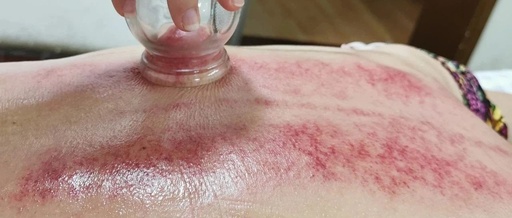As summer arrives, you may notice many people in public places or at gatherings with round purple-red marks on their necks and limbs. Upon inquiry, you will find that they have undergone cupping therapy due to excessive moisture and poor circulation.
Cupping therapy has become a popular health practice every summer.
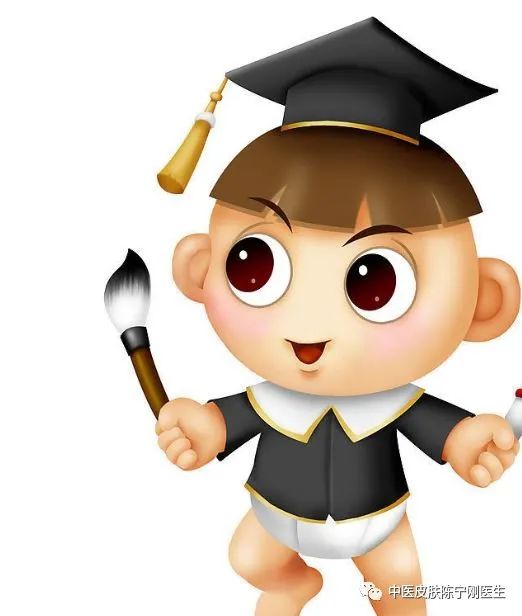


The Wonders of Cupping?
Cupping therapy, also known as fire cupping or suction therapy, uses cups as tools to create a vacuum by burning air out of the cup, which adheres to acupuncture points or areas of the body, stimulating the skin to promote blood circulation and alleviate diseases.
In ancient China, it was referred to as “Jiao Fa,” with the earliest written records found in the “Fifty-Two Disease Formulas” from the Han tomb of Mawangdui in Changsha. The earliest global record appears in Homer’s “Iliad” describing the “cup suction method.” This therapy seems to have been popular worldwide since ancient times.
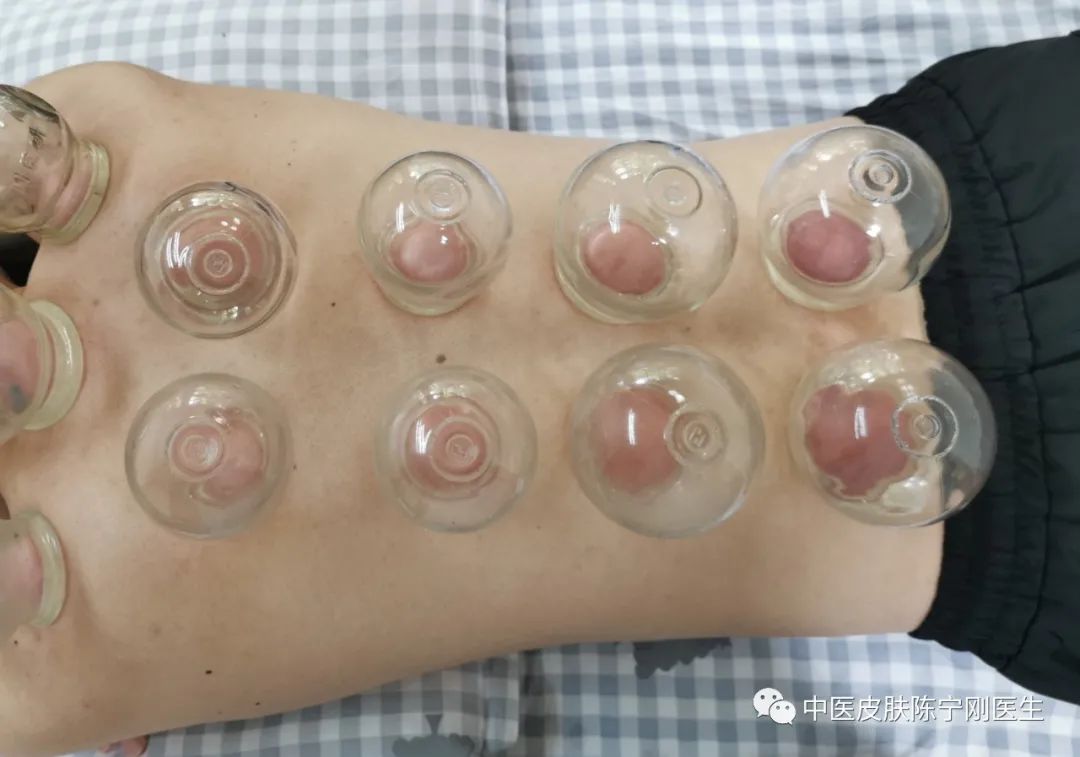
Is Cupping Really Effective?
Currently, cupping is most commonly used to treat neck and lower back conditions, such as cervical spondylosis caused by prolonged bowing of the head or back pain due to improper posture. A simple cupping session at home can provide immediate pain relief.
Traditional Chinese Medicine (TCM) believes that the correct cupping method works on the corresponding meridians (jing mai) and acupuncture points (xue wei), harmonizing the qi and blood of the body’s organs (wu zang liu fu) and ensuring smooth meridian flow, allowing cold, damp, and stagnant evil to be expelled from the skin where the cupping is applied, thus achieving the effect of dispelling pathogenic factors.


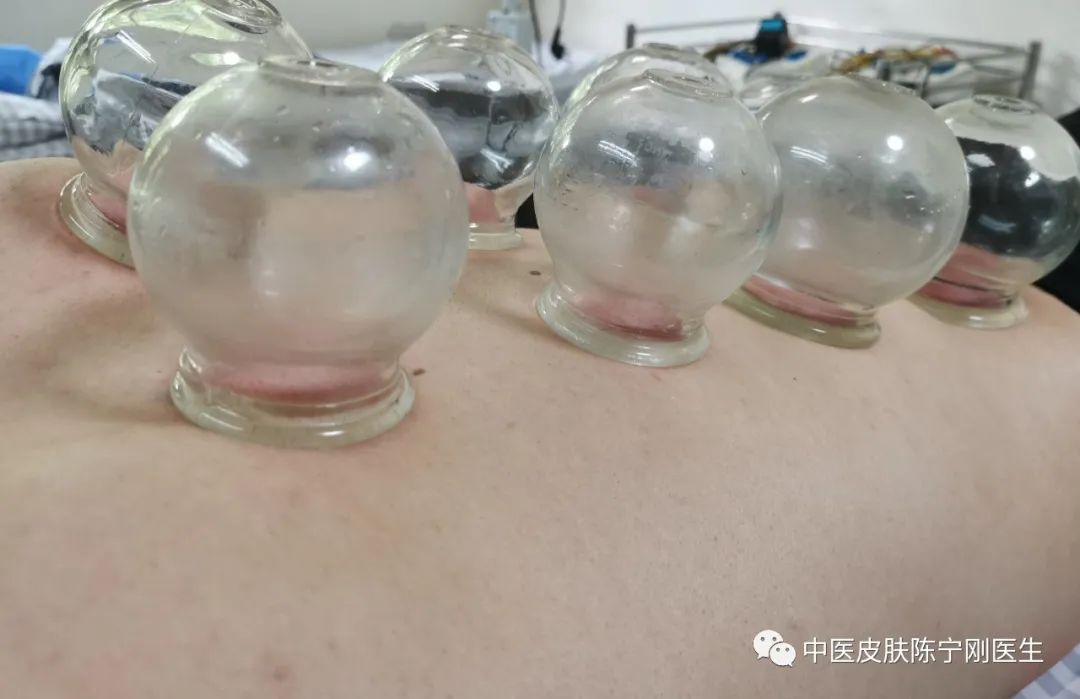
Are All Cupping Methods the Same?
Some friends might say that cupping is simple and can be done at home. However, there are many nuances to cupping, and different methods can be selected based on clinical conditions. Common cupping methods include:1. Retained Cupping: Also known as stationary cupping, where the cup is left on the treatment area for 10-15 minutes before removal.2. Flash Cupping: This method involves quickly placing and removing the cup repeatedly until the skin becomes reddened.3. Moving Cupping: A larger glass cup is used, and a lubricant is applied to the cup or the area to be treated. The cup is then moved back and forth over the area until the skin becomes reddened or bruised. This method is also known as “pushing cupping” and is generally used on larger muscle areas such as the back and thighs.

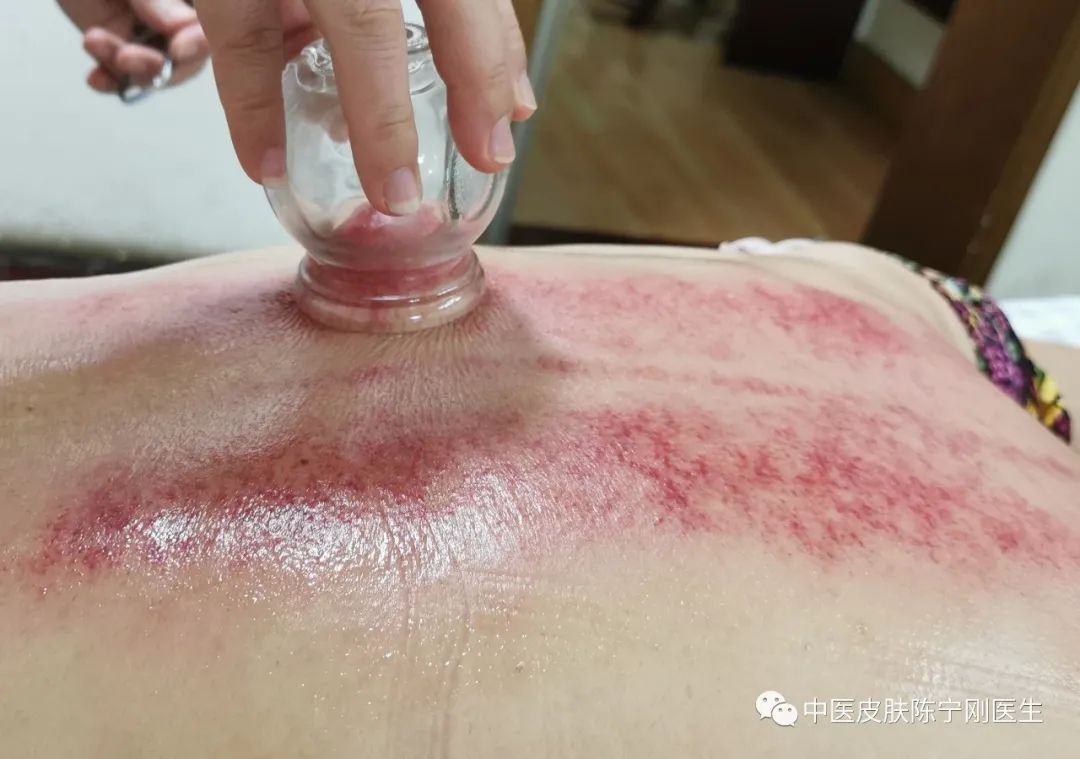
Expert cupping involves various methods
Different cupping techniques have different effects, and they can be used alone or in combination. For example, moving cupping has effects similar to massage therapy and scraping therapy, improving skin respiration and nutrition, promoting secretion from sweat and sebaceous glands, enhancing gastrointestinal motility, and providing calming effects on the nervous system with slow and gentle techniques, while rapid and heavy techniques can excite the nervous system. Moving cupping along the meridians can also improve the functions of the meridians, benefiting the overall adjustment of meridian functions.Flash cupping, through repeated suction and release, creates physical stimulation on the skin, regulating nerves and blood vessels, increasing cell permeability, and improving local blood circulation and nutrient supply, making it suitable for treating conditions like qi stagnation and blood stasis leading to muscle atrophy and local skin numbness and pain.

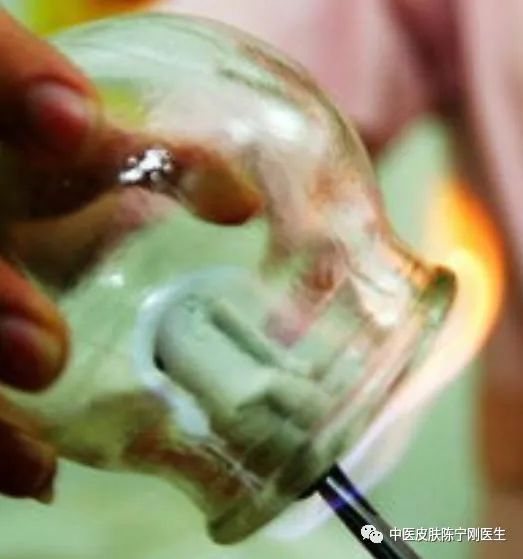

Precautions for Cupping
1. Patients with coagulation disorders, low platelet counts, a history of liver disease, those who are overly full or hungry, fatigued, have consumed alcohol, or are pregnant should not undergo cupping.2. During the retention of the cup, if dizziness, nausea, or sweating occurs, inform the practitioner immediately to avoid fainting.3. After cupping, check the skin for any damage. Sometimes blisters may form; small blisters generally do not require treatment, but care should be taken to prevent them from bursting and causing infection. Large blisters should be drained and disinfected.4. After cupping, it is advisable to drink warm water in moderation. For 2-4 hours, avoid bathing, rain, swimming, or exposure to cold air conditioning, as the pores are open and can easily allow cold and dampness to invade the body.

Related Links
Winter Illness Treated in Summer: Sanfu Plaster
Indirect Moxibustion
TCM Treatment for Chronic Urticaria
Gua Sha Therapy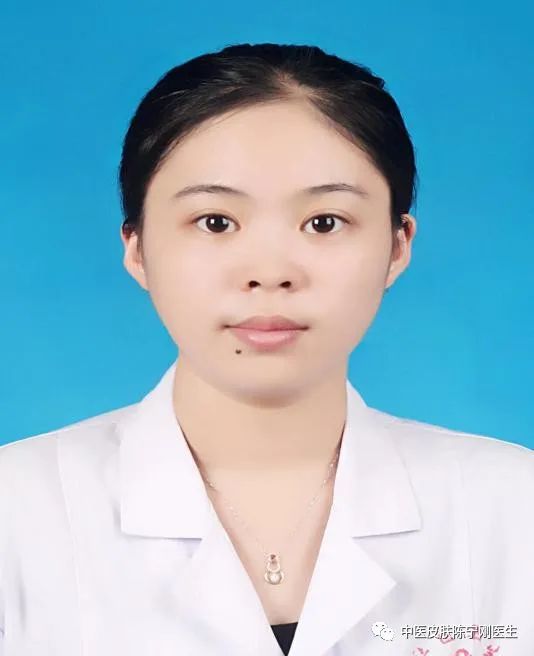 Author Profile:Wang Tian, attending physician of Traditional Chinese Medicine, graduated from Jiangxi University of Traditional Chinese Medicine with a specialization in acupuncture and tuina. Currently serves as the deputy secretary of the Acupuncture Medicine Professional Committee of the China Association of Traditional Chinese Medicine and the Zhejiang Academic Department of the Beijing Hanzhang Acupuncture Medicine Research Institute. Previously studied dermatology and cosmetology at Ningbo Traditional Chinese Medicine Hospital.Skilled in various TCM therapies, including acupuncture, needle-knife therapy, floating needle, moxibustion, gua sha, and tuina for treating conditions such as cervical spondylosis, lumbar disc herniation, facial paralysis, shoulder periarthritis, tenosynovitis, arthritis, insomnia, dysmenorrhea, etc.;Also experienced in herbal medicine, fire needle, acupuncture point injection, and topical herbal treatments for chronic urticaria, herpes zoster, and allergic dermatitis.
Author Profile:Wang Tian, attending physician of Traditional Chinese Medicine, graduated from Jiangxi University of Traditional Chinese Medicine with a specialization in acupuncture and tuina. Currently serves as the deputy secretary of the Acupuncture Medicine Professional Committee of the China Association of Traditional Chinese Medicine and the Zhejiang Academic Department of the Beijing Hanzhang Acupuncture Medicine Research Institute. Previously studied dermatology and cosmetology at Ningbo Traditional Chinese Medicine Hospital.Skilled in various TCM therapies, including acupuncture, needle-knife therapy, floating needle, moxibustion, gua sha, and tuina for treating conditions such as cervical spondylosis, lumbar disc herniation, facial paralysis, shoulder periarthritis, tenosynovitis, arthritis, insomnia, dysmenorrhea, etc.;Also experienced in herbal medicine, fire needle, acupuncture point injection, and topical herbal treatments for chronic urticaria, herpes zoster, and allergic dermatitis.
Thank you for your attention, and feel free to share.
Related Links and Official Accounts
▼Swipe to see more
Ningbo Traditional Chinese Medicine Hospital Introduction
Ningbo Traditional Chinese Medicine Hospital Dermatology Department
 Dr. Chen Ninggang, TCM Dermatologist
Dr. Chen Ninggang, TCM Dermatologist
Focusing on integrated TCM and Western medicine for skin disease treatment
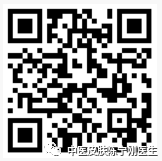 Clinic Hours and Online Registration
Clinic Hours and Online Registration
Expert clinic on Monday, Wednesday, and Thursday mornings, beauty clinic on Wednesday afternoons,
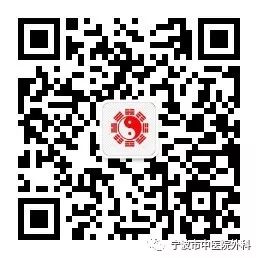 Ningbo Traditional Chinese Medicine Hospital Surgery Department
Ningbo Traditional Chinese Medicine Hospital Surgery Department
Aiming to introduce the surgery department of Ningbo Traditional Chinese Medicine Hospital, popularizing surgical diseases and health knowledge, and building a new bridge for doctor-patient communication.
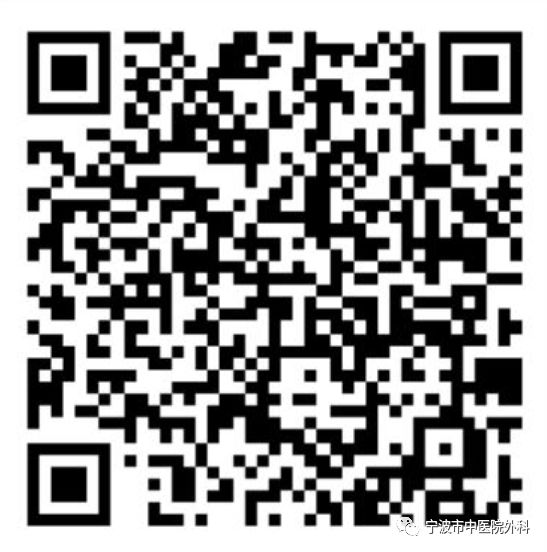 Ningbo Traditional Chinese Medicine Hospital
Ningbo Traditional Chinese Medicine Hospital
Introduction to transportation, department outpatient distribution, and online registration of Ningbo Traditional Chinese Medicine Hospital
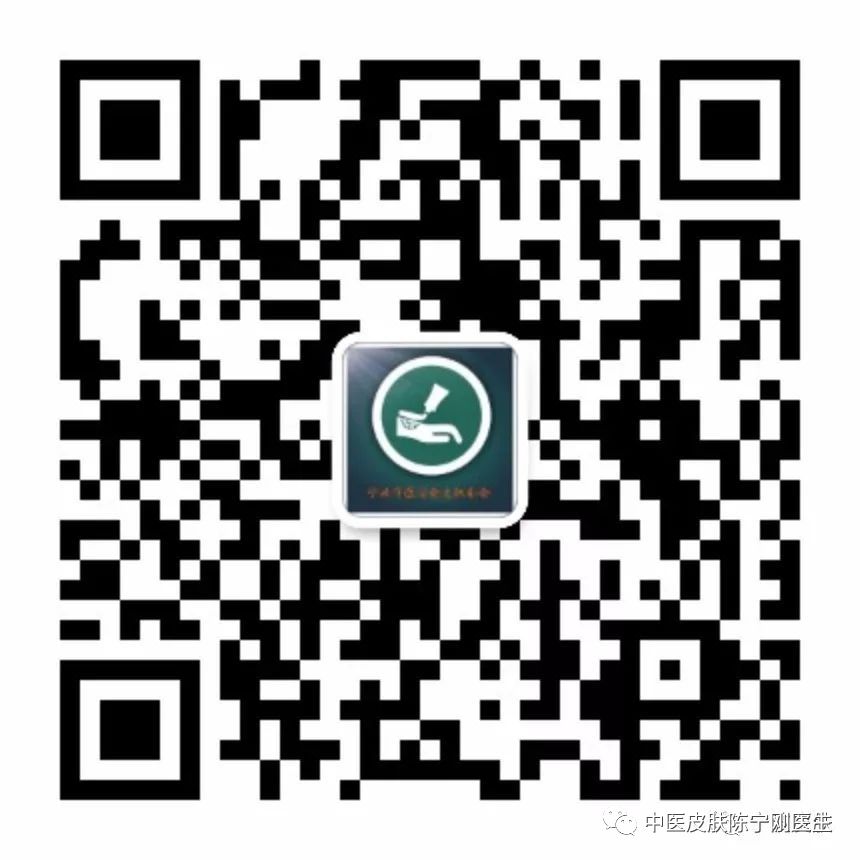 Ningbo Dermatology
Ningbo Dermatology
Jointly organized by Ningbo Medical Association and the Dermatology Branch of the Chinese and Western Medicine Association, introducing the dermatology field in Ningbo, popularizing skin health and medical beauty knowledge
▼Common Disease PrecautionsClick belowRead the original text,

